Use 'Print preview' to check the number of pages and printer settings.
Print functionality varies between browsers.
Printable page generated Saturday, 20 April 2024, 2:31 AM
Session 1: Defining myself and how I feel about my present situation
Introduction
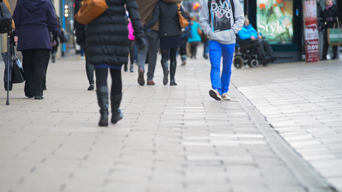
Reflection is a process that involves thinking and understanding – undertaking an honest exploration and examination of our previous roles and experiences.
The process of working out what you have learned will help you understand the person you are now, your qualities, what you are capable of and what you want to do. This kind of thinking can be helpful for anyone, at any time of life, whoever they are and whatever situation they are in.
The scope of your reflection can vary. For example, you might want to reflect on what you’ve learned from your caring responsibilities, or recent work or study experience, or you might want to just take stock by taking an overview of your life as a whole.
Learning outcomes
After working through this session you will have:
a clearer understanding of the experiences that carers could reflect on, including their roles, actions and decisions
the ability to use information technology (IT) to carry out reflective activities in writing and communicating
the ability to explore and use new ways of expressing ideas.
My roles and responsibilities
This section asks you to think about the various roles you have in your life and what these involve. To help you do this, carers Jade, Janet and Dean have shared their experiences with you. Read and listen to them and see how they have summarised their roles and responsibilities.
Jade
Jade, who’s 19, cares for her dad and is learning to be a youth worker. She left school and started training in childcare. She left her college course after the first year but knew she needed to do something else, so she decided to volunteer. Having gained experience of youth work through volunteering she was then accepted onto a training course and later offered a paid job. She is part of a supportive group of young adult carers who learn, have fun together and share and support each other in their caring roles.
Listen to Jade talking about her caring role.
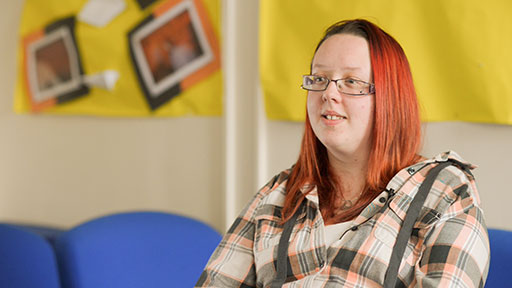
Transcript
The following table sets out Jade’s roles and responsibilities.
| My main roles in life | What I do |
| Daughter, carer | Care for my dad, take care of household tasks. |
| Young adult carer champion | Work with the Carers Centre to support other young adult carers, including developing a website for young adult carers. |
| Employee, colleague | Work as a youth worker supporting young people; communicate with my colleagues and manager. |
| Student | Starting a Professional Development Award in Youthwork. |
| Friend | Support and encourage my young adult carer friends, as well as keeping up with other friends. |
Janet
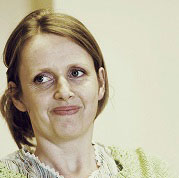
Janet, 42, had not studied since her son was born. While caring for her son over the past 19 years she’s learned a lot through volunteering at his school and also at SenseScotland. Now that her son is becoming an adult she has a little more time to herself and is in a position to consider what paid work she’d like to take on in the future. She’s clear that she’d like to work in services for people with disabilities and would like to do further study to get there. Knowing that distance learning is the only practical way forward for her, Janet is studying Health and Social Care with The Open University and fitting that in around her caring and volunteering responsibilities, which can be a tricky juggling act at times.
Janet says:
Thinking back to the person that I used to be, that has all gone, everything. I've taken on a different role.. Well, so many different roles. I’ve got all these other roles that you’re going right, OK what did I use to do before I did everything else? … It has, it’s changed me as a person. And I’d probably say for a better person.
| My main roles in life | What I do |
| Volunteer | I help out weekly with SenseScotland |
| Carer and parent | Care for my 19 year old son with complex learning difficulties |
| Student | Started studying health and social care |
Dean
Dean, who’s 28, cares for his mum, brother and grandad. He has decided that he’d like to find ways to develop his career. He knows that the better employment he finds, the better placed he is to support his family and fulfil his caring responsibilities. Combining his paid work and his caring role has been challenging and he has felt unsupported by his employer and trade union, despite being a workplace union representative. In order to progress his career, Dean has decided to reduce his work to four shifts a week so he can combine his employment with his Open University studying and his caring roles. He faces continuing challenges with his own health, but is clear and focused on his long-term aim to work in IT.
Listen to Dean talking about his caring role.

Transcript
As well as his multiple caring roles Dean has other responsibilities as a trade union representative:
I was back and forward to the hospital and work basically said we cannae help you any more, you could end up losing your job if you take any more days off. I got in touch with my union, because I’m a union representative. They basically said we’ve got no agreements when it comes to carers.
Activity 1.1
The examples of Jade, Janet and Dean show how we have different roles in life. In fact we all have many roles in which we use a variety of skills and abilities. Now think about your own.
Activity 1.1 Roles and responsibilities
- Do you share roles and responsibilities that are similar to or different from Jade, Janet or Dean?
- Carers often describe juggling and balancing a number of different roles. Is that an experience you’re familiar with?
- Have you got goals you’d like to achieve?
Now define yourself as you are now and list the roles you fulfil. Open your Reflection Log and go to Activity 1.1 to fill in the table there. Once you have completed the activity make sure you save the document again. You can also complete the table using this document, but don’t forget to save it.
Another way of doing this would be to search magazines or the internet for text and images that illustrate your roles and responsibilities and compile them into a collage, or montage.
If you are working in a group, you might want to share your answers and discuss your roles with each other. Similarly, if you are working one-to-one with a mentor, use this time to share and discuss some of the ideas above.
Thinking about myself
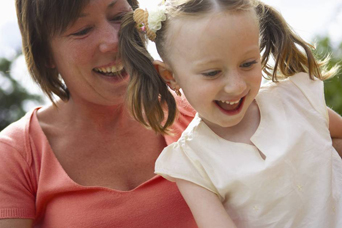
The next stage is to start thinking about yourself. A good way to do this is to ask yourself four questions:
- How do I see myself now?
- What am I most proud of?
- What makes me happy?
- How would I like to see myself in the future?
Have a look at the following examples first.
We know that Janet is studying health and social care now that she has a little more time to herself. Her choice of study is influenced by her longer-term plan, as you can see by looking at her notes about herself.
| How do I see myself now? | What makes me happy? |
| I care for my son, and I volunteer | I enjoy volunteering |
| What am I most proud of? | How would I like to see myself in the future? |
| Being a carer for my son. It changed me as a person. I’d probably say for a better person. | I’d like to be a manager for a services provider, for people with disabilities |
Jade has found paid work that she enjoys and that she can combine with her caring role. While she knows what she’d like to do, she has plenty of work ahead to achieve her aim of becoming a qualified youth worker.
Look at Jade’s thoughts about herself in the table below and listen to what she has to say about herself.
| How do I see myself now? | What makes me happy? |
I’ve found the work I’d like to do after a difficult start I’ve got great support from the carers’ centre and other young adult carers My dad’s health is up and down but my work is supportive about me balancing work, caring and studying | The close relationship between me and my dad My work with young people – I can’t believe I’m actually getting paid to do this now My friends |
| What am I most proud of? | How would I like to see myself in the future? |
Gaining an A in Art when I was at school even though I felt discouraged by my teacher Gaining my job, through my volunteer work | A qualified youth worker Managing caring, work and further study |
Listen to Jade talking about her situation.

Transcript
Now listen to Dean’s thoughts about his situation. You might also want to review Dean’s earlier film clip too.

Transcript
Now think about the following questions:
- Do you have anything in common with Jade, Janet or Dean?
- What is different about your situation and how you feel?
Activity 1.2
You’ve set out your roles and responsibilities, now start thinking about yourself. Think about where you’re at, what makes you happy, what you’re proud of and where you want to be.
Activity 1.2 Thinking about myself
Open your Reflection Log again and go to Activity 1.2. Once you have completed the activity make sure you save the document again. Or you can do the activity in the table we have provided for you.
If you prefer, you could take a different approach and use a visual way to sum yourself up. You can do this at any point during the course if you’d like to.
Words aren’t the only way to capture or explore your ideas. Sometimes it helps to use pictures.
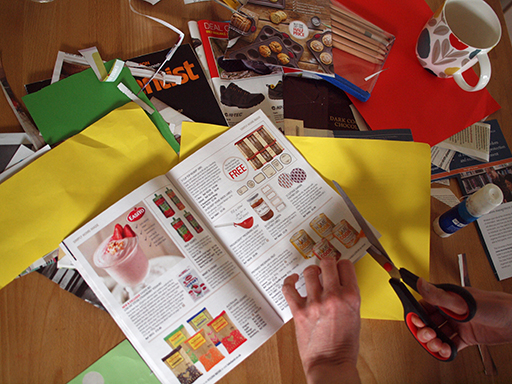
Creating a mood or vision board is a fun and creative way to get insight into your thinking. You’ll need a range of catalogues, magazines and newspapers, some scissors, glue, coloured paper, maybe even some glitter!
Just flick through the magazines until you see images or words that catch your attention. Cut or tear that page out. Before you know it you’ll have gathered pictures and words that summarise some of your thoughts about yourself and your future.
You might be surprised at the pictures you’ve chosen. Sometimes a creative activity can release thoughts or ideas that you can’t put into words.
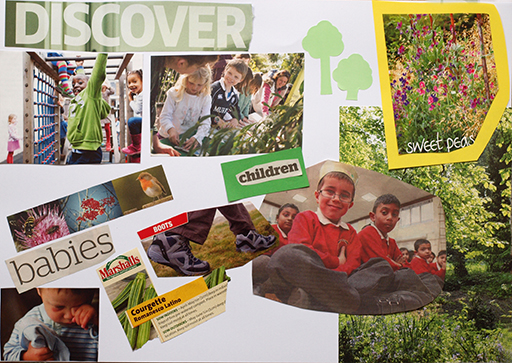
Arrange them into a collage and you have a record of your feelings, or your ambitions - whatever you choose to show. You can put it somewhere prominent to give you a daily visual reminder of your ideas, or you can use it to talk about your thoughts with others if you’d like to.
Summary
Session 1 was intended to get you started on thinking about yourself and was designed to help you recognise the many roles and responsibilities you might have and get an idea of how you feel about your situation. You probably discovered that you do a lot of things using a variety of skills and abilities. Maybe you didn’t appreciate just how skilled you actually are, or what qualities you have? One of the aims of reflection is to help you recognise your own skills and talents.
You have now completed Session 1. In Session 2 you will look at how these skills, abilities and qualities are developed over time.
Acknowledgements
This course was written by Lindsay Hewitt, Sarah Burton and Julie Robson.
Except for third party materials and otherwise stated (see terms and conditions), this content is made available under a Creative Commons Attribution-NonCommercial-ShareAlike 4.0 Licence.
The material acknowledged below is Proprietary and used under licence (not subject to Creative Commons Licence). Grateful acknowledgement is made to the following sources for permission to reproduce material in this unit:
Images
Figure 1.1: photo by Ross Finnie for © The Open University
Figure 1.2: © The Open University/Library image (model image only)
Figure 1.3: © The Open University/Library image (model image only)
Figures 1.4 and 1.5: courtesy of Sarah Burton for The Open University
Every effort has been made to contact copyright owners. If any have been inadvertently overlooked, the publishers will be pleased to make the necessary arrangements at the first opportunity.
Don't miss out:
1. Join over 200,000 students, currently studying with The Open University – http://www.open.ac.uk/ choose/ ou/ open-content
2. Enjoyed this? Find out more about this topic or browse all our free course materials on OpenLearn – http://www.open.edu/ openlearn/
3. Outside the UK? We have students in over a hundred countries studying online qualifications – http://www.openuniversity.edu/ – including an MBA at our triple accredited Business School.